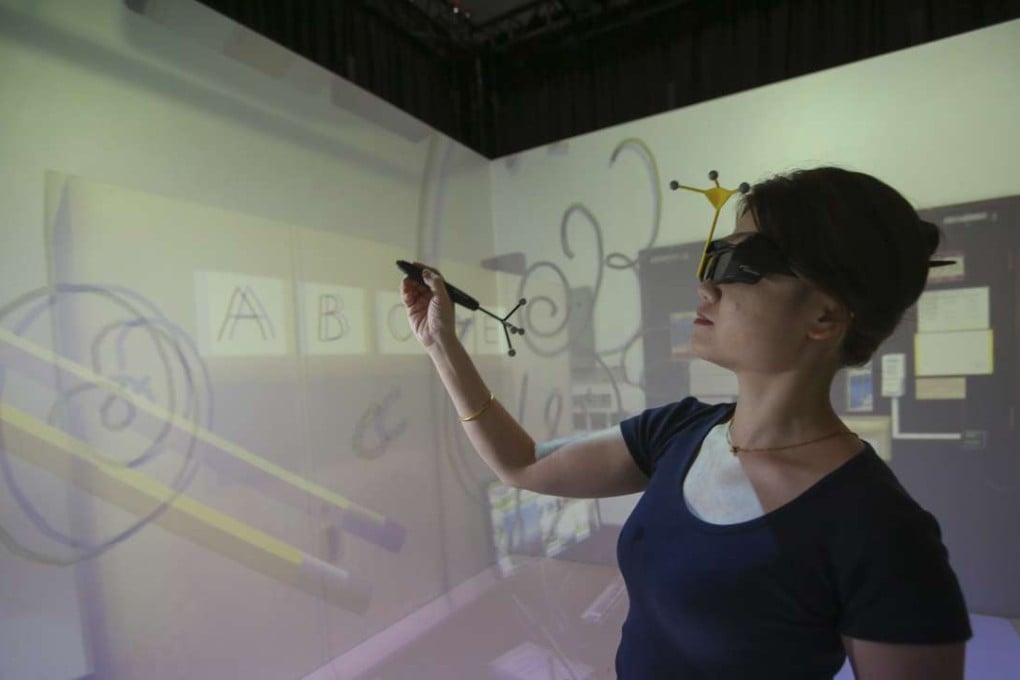Why more Hong Kong students will soon swap iPads for VR headsets
Some schools already use virtual reality, for example to take pupils inside a Van Gogh painting or up Mont Blanc, while police forensics trainees and Cathay Pacific cargo handlers can use VR to practice key skills

One area virtual reality has truly shone is in entertainment. In Hong Kong, malls have set up VR zones for shoppers to play games, and a VR tour of local crime scenes in old districts has recently been rolled out by a local youth group in time for Halloween.
Now, the immersive technology is about to be put into good use in education and training, thanks to a handful of commercial enterprises and public institutions.
VR Educate is a company that helps clients set up VR labs and source VR content from overseas before customising the materials for Hong Kong students. They also offer their own headsets.
So far there are 21 subjects in their VR library. Under Nature VR, there is a program that takes users to the top of the snow-capped peak of Mont Blanc in the Alps, where they can peep over the edge under a clear blue sky.